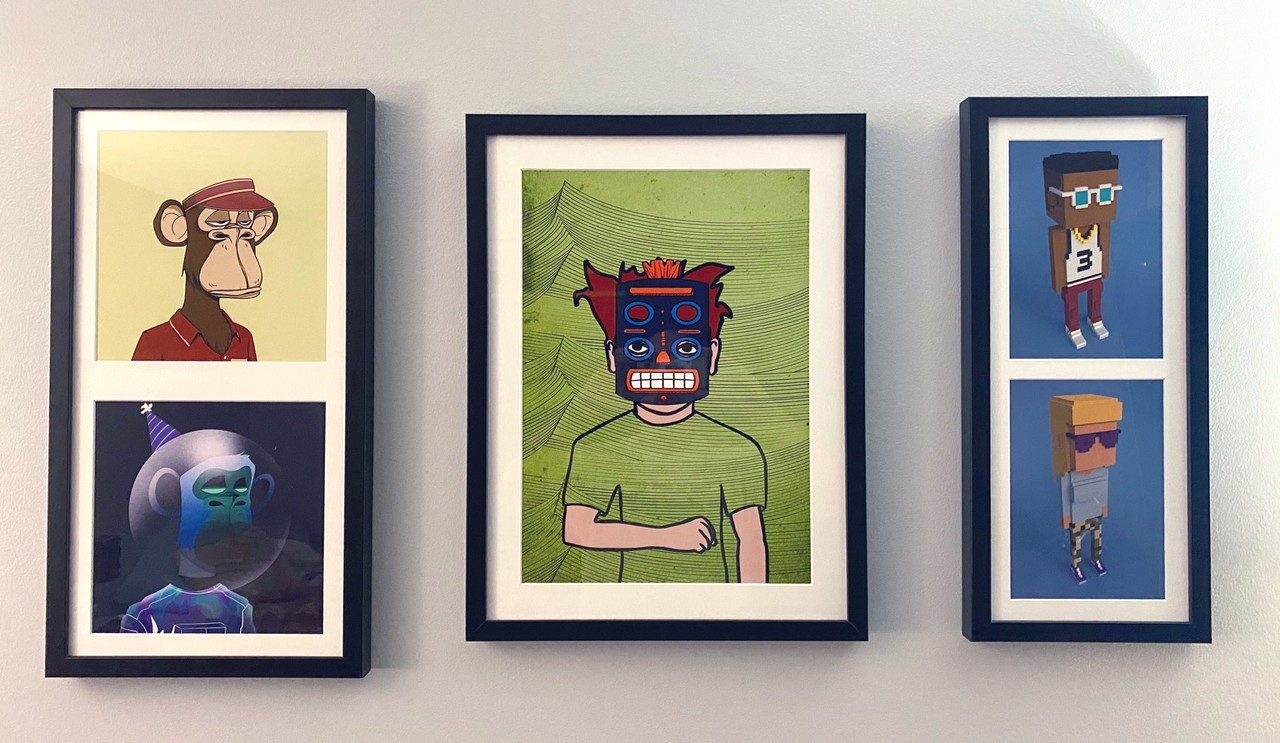
Digitalization of Customised art as Nft
The instant gratification of seeing photos the second they are captured can be found in today’s world of smartphones and digital photography. Our process is to delete unappealing images and retake them (and again) until we are satisfied. We can create images on different media, including custom metal prints. In the early days of photography, you could only take one photo, and it involved an elaborate process. Photography today is much different from those first photographs. Photographs have become an art form in themselves. George Eastman founded the Kodak company in the 1880s, forever changing photography. George Eastman created a roll of film instead of the large plates that had been used up until that time to record images in photography. A photographer did not need to change slides because of the flexible roll constantly. The simple box camera was invented that held the role of film and prevented it from being exposed until it was developed in the lab.
As it was, the film was still bulky, and it was necessary to send the camera to the lab for development. The 35mm film was developed enough in the 1940s to allow the average person to afford a camera and Kodak film to capture their images. An artist creating a custom art piece uses their creative expression to make a physical object at a particular point in time. Thus, each custom art piece has a unique essence, along with its own story – pieces of the artist and of their environment. A custom artwork’s unique essence makes them so desirable to art collectors worldwide. Patrons commission most customized art, which is tailored specifically to them. This guarantees each piece to be one of a kind. Although one could attempt to copy a work of art, the original will always remain identifiable by its fine details, artist’s signatures, and its unique essence.
During the 1980s and 1990s, cameras underwent yet another major change. Likewise, the camera changed with the advent of the computer. Images are captured and saved digitally in the digital age rather than in the traditional film. Photographers could take those digital images, put them onto their computers, and save them, often without printing them. In the second wave of digital innovation, phones and tablets were introduced. Mobile phones have sophisticated cameras that can capture beautiful images. As the digital age progressed, demand for customized decor and metal prints skyrocketed. With the ability to use your own photos to create pieces of art affordably, a game-changer has been created.
Custom art’s five key elements are texture, form, shape, line, and color. These elements are pillars to any artist in terms of creating artwork. The beauty and attraction of any art depend on these elements. The pricing factor depends on the artist and the reputation. Some can sell for millions, and some are just total waste in customers’ eyes. It can be unfortunate that some collectors are excluded from their favorite collections, which might sell out too quickly with pricey resales on secondary markets. Many collectors are lucky enough to receive an NFT at launch but end up with a generic piece they dislike. Collections sometimes resort to screenshotting NFTs, but screenshots, as they lack the cryptographic signatures that prove ownership, are worthless
CryptoKitties — think of them as digital Beanie Babies — laid the foundation for the boom in digital art in 2017. Fans have spent over 32 million dollars collecting, trading, and breeding these images of unique cartoon cats. In the meantime, gamers have been upgrading their avatars with cosmetic items – Fortnite players spent an average of $82 on in-game content in 2019 – further mainstreaming the idea of spending real money on digital content. During the same period, cryptocurrency prices have been surging partly due to promoters, celebrities, and investors.
A custom piece of art can come in many forms, such as paintings, sculptures, and digital works, or in practical forms such as pottery, crockery, and cutlery. Customizable art has been brought to blockchains through Non-Fungible Tokens, or NFTs, or non-fungible tokens. Like original artworks, NFTs can be recognized by unique data or a cryptographic signature. An NFT begins with a musician or artist manually drawing hundreds or even thousands of assets, which together form a complete image when layered. A CryptoPunk’s NFT, for example, has four layers: background, face, color, and item. A smart contract ensures that both NFTs will be unique after the artist assembles the assets. NFT collectors are attracted to their uniqueness, which is why NFTs are so valuable. Each NFT is special, whose ownership can be verified using cryptography.
For a lot of parties involved in creating custom art, it is best to take advice and then proceed with the custom art as the obligations and hurdles could end up in not publishing the art as NFT. Physical art lovers can’t combine their favorite pieces to make their own unique artwork. The art of Monet, DaVinci, and Picasso will never be possible, but technology makes it possible. NFTs have enabled individuals to do truly custom work while maintaining genuine ownership of their digital works.
Search
Recent NFT News
Reasons You Should...
6 months ago
The NFT Market in ...
7 months ago
Comparing Environm...
8 months ago
Pump and Dump Sche...
9 months ago
The Ultimate Guide...
11 months ago







